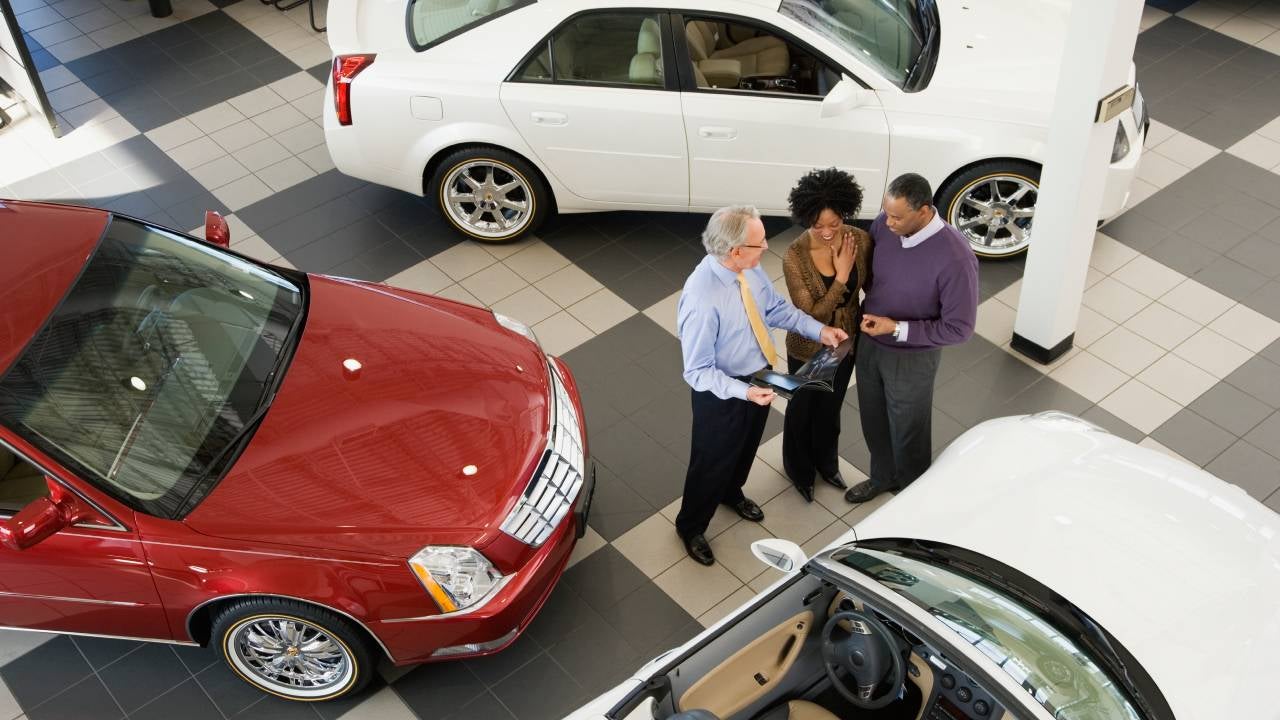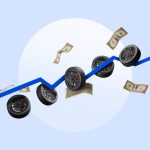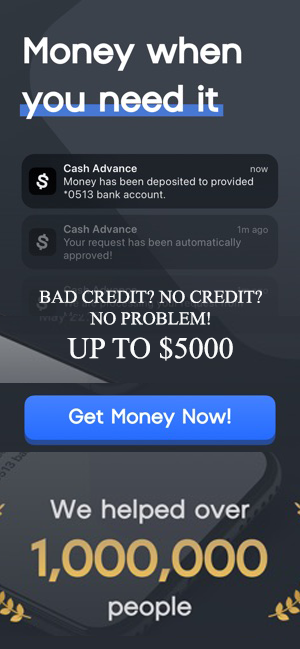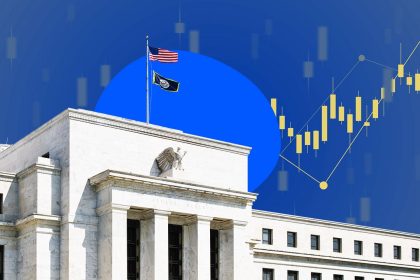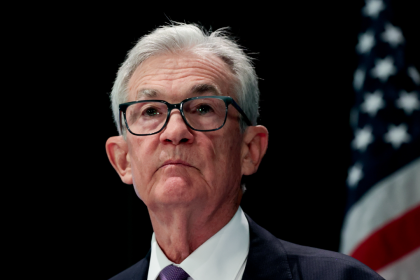The Federal Reserve held rates steady in its June meeting, but maintains it anticipates two rate cuts in the latter half of 2025. Interest rates started declining after the last rate cut in December, but crept back up by the end of the first quarter.
Car prices have increased, and inventory shortages have raised some used car prices close to the average price of new cars. Strong consumer demand, lingering shortages from the COVID-19 pandemic, inflation and consumer preferences have driven these increases. Tariffs on raw materials, as well as on vehicles themselves, are also expected to drive up prices by the end of summer.
Auto loan rates likely won’t decrease this year
To put it simply, auto loan rates aren’t expected to decrease measurably this year. This is primarily due to the continued work by the Federal Reserve to quell inflation, but interest rates for both new and used vehicles have steadily increased since the pandemic began in 2020.
“Higher interest rates do make it more expensive to borrow, and that impacts demand for new and used vehicles,” explains McBride. “Elevated interest rates are another factor making it costlier to purchase and finance a vehicle.”
McBride is referencing the higher vehicle prices that have coincided with a surge in interest rates. But higher interest rates aren’t the only thing making car loans more expensive this year. New car prices in March 2025 were still more than $10,000 higher than they were in 2020, according to Kelley Blue Book — and a more expensive car will cost more for borrowers to finance.
Car prices will continue to rise in 2025
Industry experts agree tariffs will increase prices for consumers. Existing inventory is declining, and new imports will be subject to tariffs. And as new vehicle prices increase, it’s likely that used vehicle prices will rise with them.
Is now a good time to finance a car?
The answer comes down to your needs. If you have a set of wheels in the driveway that get you from point A to point B, it might be smart to stick with what you have. But if you need a vehicle, prepare to spend more money on financing, especially if you have poor credit.
Competitive rates for poor credit borrowers will be hard to find
Access to credit is tightening, especially for those with poor credit. While auto loan approval rates increased by 0.2 percent overall, the share of approvals for those with subprime credit fell sharply. Lenders are reacting to inflation, high vehicle prices, high interest rates and growing delinquency rates.
President Trump’s tariffs have also created uncertainty throughout the economy. The auto industry is particularly slow to adapt, and consumers will face even higher vehicle prices. For now, many manufacturers are absorbing these costs, and luring customers with cash-back and employee pricing incentives. However, existing inventory is declining, and new imports will be subject to tariff pricing.
Those impacted most disproportionately are those with poor credit history, explains McBride.
“Not only will they continue to see much higher rates, but the ability to borrow and the amount that you get approved for is also impacted.”
Unlike those with strong credit, bad credit borrowers do not have the leverage to find the best available rates. Borrowers falling under the deep subprime category, between 300 and 500, can expect rates of over 15 percent for new cars and over 21 percent for used cars, according to the Experian State of the Automotive Finance Market report.
Bankrate tip
If you are looking for a bad credit auto loan, consider securing financing with the help of a co-signer to benefit from better rates.
High prices hit wallets harder than interest rates
Average loan amounts increased from $41,572 for a new vehicle in the fourth quarter of 2024 to $41,720 in the first quarter of 2025. While used vehicle prices began stabilizing in early 2025, prices ticked up and average used loan amounts increased from $26,468 to $26,144.
Many borrowers are already feeling squeezed out of the auto market. If prices increase the way they are expected to, many more drivers will find themselves struggling to get behind the wheel. Consumers are facing higher loan amounts and higher monthly payments that could further increase already high interest rates. In addition, down payments have already decreased since the last quarter of 2024 and are likely to continue decreasing as prices rise.
The used car market is also feeling the impact. Prices have been elevated since the COVID-19 pandemic when chip shortages led to fewer new cars being built. Consumers have also chosen to keep their cars longer rather than pay high prices. While wholesale used-vehicle prices rose in April and May as consumers rushed to buy cars before tariffs increased prices, they leveled out in the first part of June. Yet as new vehicle prices increase to historic levels, it’s likely that used vehicle prices will rise with them.
The impact of higher interest rates is kind of small potatoes by comparison,” says McBride.
— Greg McBride, Bankrate Chief Financial Analyst
How to still get the best auto loan deal
You may need to buy a car even when the economy’s set against you. If so, consider the following tips to still walk away with a good deal.
- Shop around. Although most lender options currently offer similar rates, shopping around and finding the best rate you can secure is still important. You can save extra money by paying close attention to additional fees that lenders may enforce.
- Find the true cost of ownership. Vehicle ownership costs are more than just your monthly car payment. Instead, take the time to calculate the true all-in cost, which covers aspects like trips to fill up your tank or maintenance along the way.
- Lock in the expected rate. If your lender offers it, applying for loan preapproval will tell you exactly what you will have to pay each month.
- Consider driving an EV. Outside of the clear environmental benefits, driving electric can cost you less money throughout the ownership. EV incentives can also put money back in your pocket.
But the best way to secure a competitive edge when it comes to auto loan financing is to ensure your credit is in tip-top shape, advises McBride. He explains that a higher credit score will mean easier loan approval and the added perks that come with better interest rates.
Bottom line
It’s hard to know without a crystal ball, but experts think auto loan interest rates likely won’t come down significantly anytime soon. With that in mind, spend this time improving your credit to ensure that no matter what the available rates are you will benefit from the most competitive ones offered.
Why we ask for feedback
Your feedback helps us improve our content and services. It takes less than a minute to
complete.
Your responses are anonymous and will only be used for improving our website.
Help us improve our content
Read the full article here





